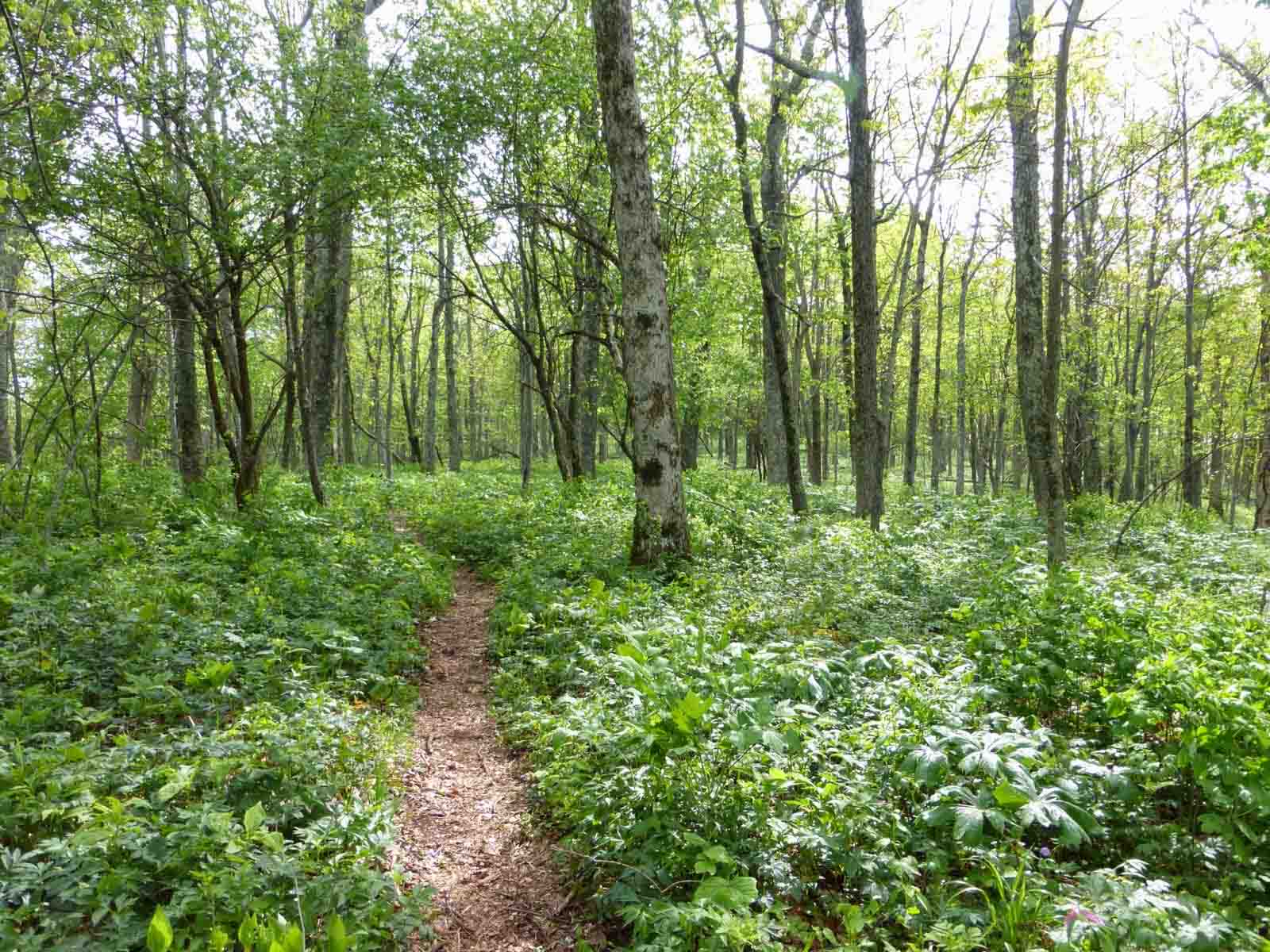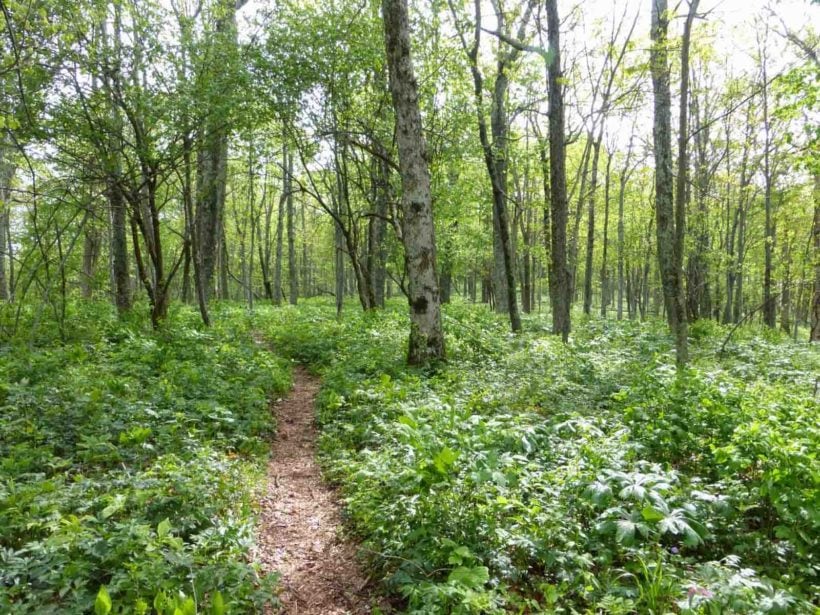Stewardship tip: avoid social trails
Anyone who has gorged on freshly baked cookies fresh out of the oven knows: you can have too much of a good thing. With increased visitation comes increased impacts to the preserve, including the creation of social trails. But why are social trails a bad thing? Let’s dive in.

High levels of foot-traffic can lead to trail overuse, or as we like to call it, “over-loving.” Compaction, drainage issues, significant widening of paths, and erosion are all directly related to the number of people who hike a trail over time. While Teatown’s trails may look like a natural part of the landscape, staff have worked to place them in locations that minimize erosion and drainage issues. We also work diligently to ensure trails are maintained and safety issues are addressed as they arise.
We have seen an increase in the number of people enjoying Teatown, which will further increase during the prime hiking season. We are grateful to support our community during this difficult time, and know that outdoor recreation is important to you and your family now more than ever. We have stepped up our monitoring and maintenance efforts to continue to provide a safe outdoor space for visitors.
However, anyone who has gorged on freshly baked cookies fresh out of the oven knows: you can have too much of a good thing. With increased visitation comes increased impacts to the preserve, including increased amounts of trash left behind, and the creation of social trails.
What is a social trail?
It’s an unmarked trail created by increased foot-traffic. If you’ve ever walked the same path in your yard repeatedly you’ve seen this in action. The ground gets more compacted each time you take the same path, and the grass slowly starts to die. Eventually, a dirt path marks the area you’ve walked consistently.
Social trails at Teatown happen much the same way. Shortcuts across switchbacks, to a unique vista, or between two parallel trails start to look more and more like actual trails, so more people take them. As more people take them, the leaf litter and soil compacts, making them new unmarked trails on the landscape.
While they may seem harmless, social trails actually are a big problem for a number of reasons.
- They confuse hikers and make it more likely visitors will get lost. Social trails are unmarked, and often connect to an existing trail. Someone who is paying more attention to the path they are walking than the trail blazes on the trees is likely to wander off trail without realizing it. In case of emergency, it also makes it harder to find a person if they are on an unmarked trail.
- Social trails increase erosion and soil compaction. Trail corridors are prime spots for surface water runoff because they are the path of least resistance. Compaction accelerates this issue.
- Because social trails are not maintained, they are not regularly cleared of brush or downed trees, making them more hazardous. Social trails are more likely to have hazards like downed trees and ticks.
- Social trails reduce space for wildlife on the preserve. Teatown’s trails are condensed in a way that leave more space for wildlife habitat and protects rare plants. It also allows us to conduct important research and monitoring efforts away from disturbed areas to help steward Teatown long-term.
So please do us a favor, and take the marked path instead of the road less traveled. It’s safer for you, and protects the place you love.

About the Author
Danielle Begley-Miller, Ph.D.
Director of Science and Stewardship
Danielle is an ecologist with an extensive background in forest research, specifically focusing on ecological interactions. She comes to Teatown from Penn State University where she received her doctoral degree in wildlife in 2018.



Leave a Reply